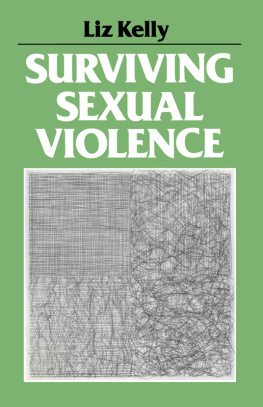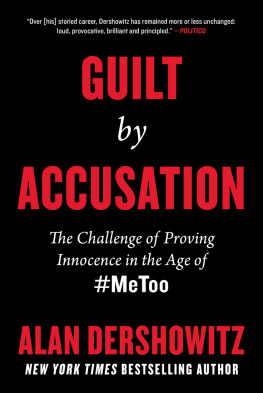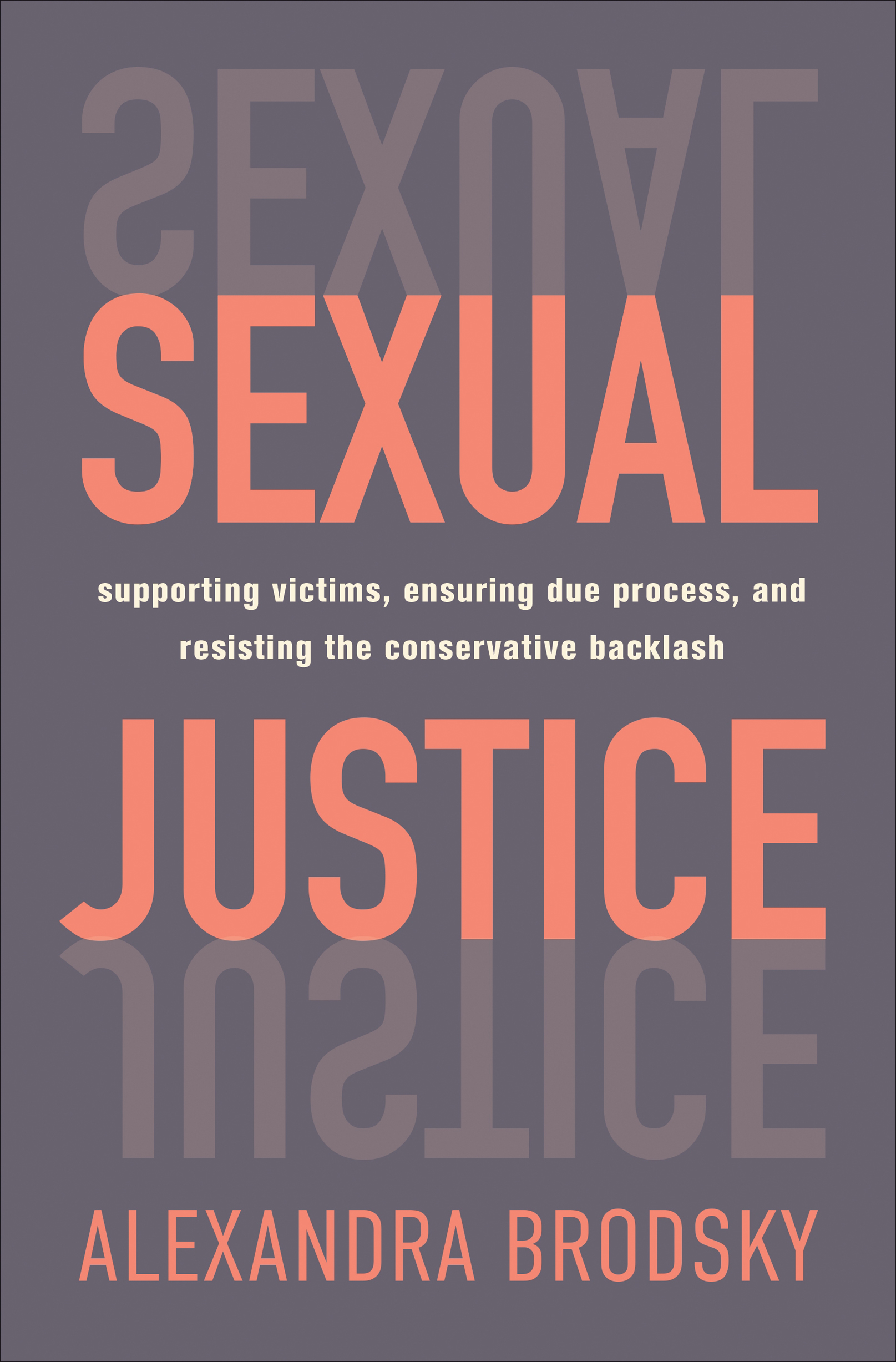Contents
Guide
Pagebreaks of the print version

The author and publisher have provided this e-book to you for your personal use only. You may not make this e-book publicly available in any way. Copyright infringement is against the law. If you believe the copy of this e-book you are reading infringes on the authors copyright, please notify the publisher at: us.macmillanusa.com/piracy.
For the women who have shaped my feminism through their friendship, and for Alec
First there was Harvey Weinstein in the New York Times. Then there was Kevin Spacey in BuzzFeed. In the Los Angeles Times, director Brett Ratner. Then Louis C.K. and Jeffrey Tambor. Roy Moore and Al Franken. Charlie Rose. Garrison Keillor. Matt Lauer. Lorin Stein. Mario Batali. James Franco. R. Kelly, again. Woody Allen, again. Blogs started lists to keep track of the allegations, sometimes numbering in the hundreds, depending on who mattered enough to count. It didnt take long for the accumulation of names to pass the stage where anyone could plausibly pretend this was about the downfall of a few bad apples.
The accusations of sexual abuse that made the headlines were usually about famous men, and many of their victims were famous as well. Plenty of the allegations recounted abuses on movie sets or in the penthouse suites of luxury hotels. But ordinary people saw themselves in the stories, too. The boss who offered you extra shifts in exchange for a date. The dinner when you told your mom who touched you, and she said never to tell anyone again. The meeting when you told the principal a classmate had raped you, and he suspended you instead. That time when you felt you could not say no. That time you said no and it didnt matter. So we said Me Too.
Others recognized themselves in a different aspect of the stories. They could be one of those men. They could be a name on a list.
Almost as soon as the flood of stories broke, critics and commentators raised concerns about the men accused. What about due process? they asked. I heard that question in two different tones. One was the even, perplexed voice of a real questioner, searching in good faith for answers: What is the best, fairest way to respond to troubling allegations? The other was indignant, loud, interrupting: How dare we threaten a mans good name? How could that ever be fair? To these critics, any consequence at all was a violation of due process.
While awaiting trial on rape charges, Weinstein attended a monthly performance night at a New York City bar. During her time onstage, one young comedian, Kelly Bachman, pointed out the Freddy Krueger in the room. I didnt realize we have to bring our own mace and rape whistle to Actors Hour, she joked. After the set, two other performers directly confronted the Hollywood producer. Both were escorted out. One, Zoe Stuckless, later recalled: This guy was leading me out the stairs, just repeating due process, due process to me. A Weinstein rep would echo the objection in a public statement, decrying the incident as an example of how due process today is being squashed by the public.
FOR THOSE OF us who had been involved in the campus sexual assault movement, this backlash was familiar. At the time the Weinstein story broke, I was a year out of law school, working at the National Womens Law Center, a feminist nonprofit based in Washington, D.C. As a law student, Id split my time between feminist advocacy and criminal defense. After graduation, I started a fellowship with the Law Center, focusing on discriminatory student discipline meted out against girls of color.
I connected to the girls with whom we worked partly because I, too, had been introduced to the law as a student in need of legal help. In 2011, when I was an undergrad at Yale, I had joined fifteen friends to file a complaint against our college with the U.S. Department of Education. By tolerating sexual harassment, including violence, against students like us, we said, the college had violated the law that prohibits sex discrimination in schools: Title IX of the Education Amendments of 1972, popularly known as just Title IX. The Department of Education investigated Yale and spurred it to change its policies. The school abandoned its opaque, labyrinthine set of reporting systems and debuted a clearer process for survivors to come forward. It also started publishing regular reports about what kinds of sexual harassment complaints it had received and their outcomes, giving the community some insight into behind-the-scenes decisions. The process still wasnt perfect, but it was much improved.
Around the same time, a friend of a friend named Dana Bolger was organizing against Amherst Colleges abysmal handling of sexual abuses. We talked on the phone, and then frequently over email and Facebook. Online, we connected with students and young alumni of other colleges who had faced similar issues. In those conversations, we swapped advocacy strategies, pooled our experiences, and came to see common threads. One was that few of us had known about our legal rights under Title IX when we needed them. Over the summer of 2013, Dana and I decided to put together accessible legal explainers for student survivors. We called the project Know Your IX. In collaboration with other activists, we wrote up the basics of Title IXs protections against sexual harassment and offered tips about organizing on campus. We published those resources on a website and disseminated them on social media. Our plan was to wrap up before the fall. Dana still had a semester of college to finish. I was about to start law school.
We did not wrap up. Know Your IX grew from a summer project to a national campaign. I wish I could say it expanded because of some strategic insight our team shared. But the truth is that the scope of the problem and the need for an organized student voice was much greater than we had anticipated. Know Your IX did not only need to bring the law to students; we also needed to bring student voices to lawmakers. Our first big action was a protest outside the Department of Education at which we delivered a petition with over 175,000 signatures pushing the department to enforce Title IX and hold schools accountable for wrongdoings. Although we initially met resistance from government officials, over the next few years many of our demands became federal policy. At our urging, the department started publicly announcing when its investigations turned up Title IX violations; finally, schools might see a reason to follow the law. We sought and received guarantees that undocumented survivors could file Title IX complaints with the government without risking deportation. We pushed officials to provide clear instructions that schools needed to offer survivors services like mental health care free of charge. We helped legislators pass good laws and defeat bad ones, like proposed statutes that would have forced schools to turn over all reports to the police. (More on that later.)
The Know Your IX team worked alongside students across the country who were organizing to change their schools for the better, such as Columbia undergraduate Emma Sulkowicz, who made front-page news with her visually stunning Mattress Performance (Carry That Weight). Students at other colleges as well as ones still in high school investigated their schools policies, drafted reforms, and demanded change that would make their classrooms safe and equitable. The work was hard, but often the students won. Schools created proper channels to report harassment. They changed policies to recognize, for the first time, male survivors and violence within queer relationships. They opened offices to provide free support for victims. They began programs that taught students basic principles of sexual respect.


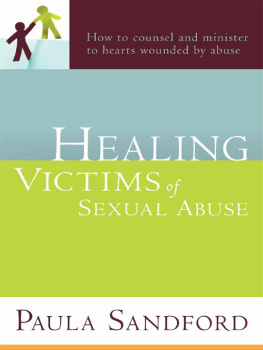
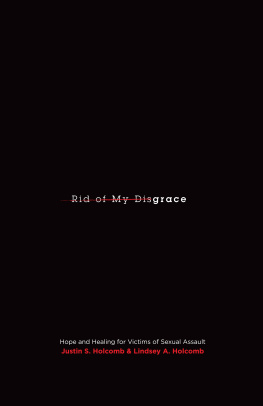
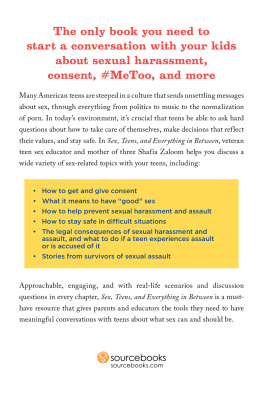
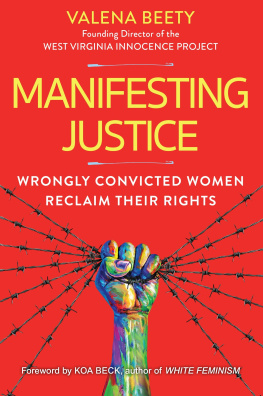

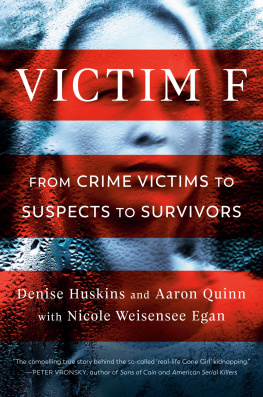
![Heitritter Lynn - Helping victims of sexual abuse: [a sensitive biblical guide for counselors, victims, and families]](/uploads/posts/book/212530/thumbs/heitritter-lynn-helping-victims-of-sexual-abuse.jpg)
